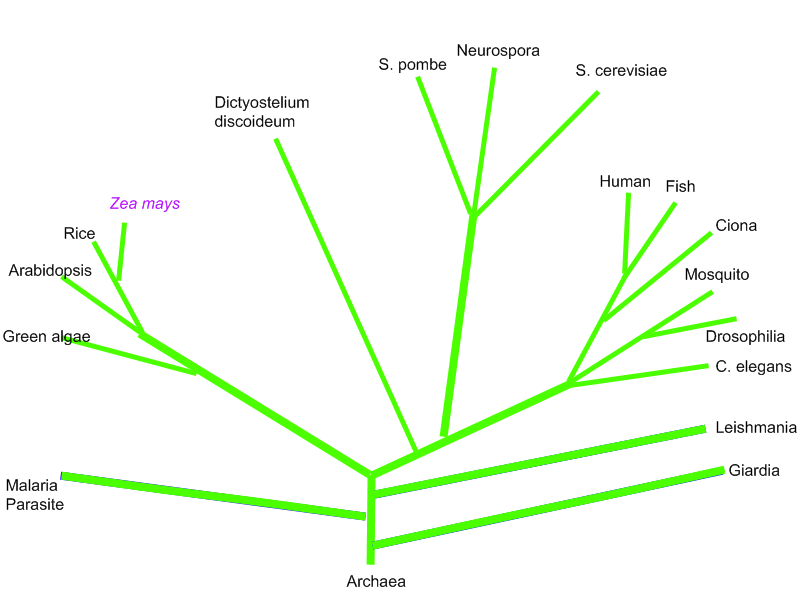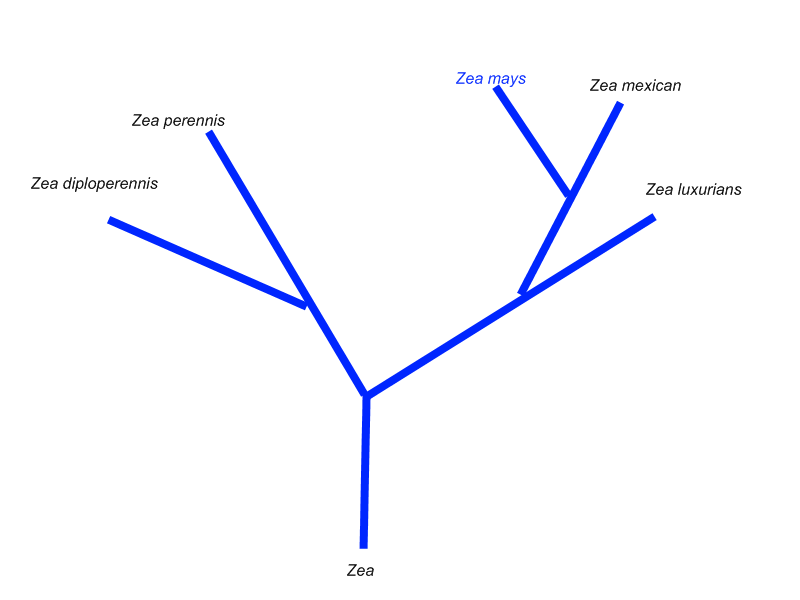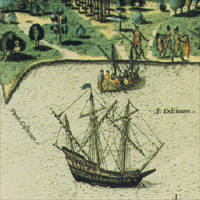
"Measure the corn of others with your own bushel."
-Yiddish Proverb
What Does Zea mays Mean?
The word Zea mays comes from two languages. Zea comes from ancient Greek and is a generic name for cereal and grains. Some scientists believe it also means "sustains life." Mays comes from the language Taino, which was spoken by aboriginal groups in the Antilles. It means "life giver."
Taxonomy of Zea mays
Domain-Eukarya Zea mays is in the domain Eukarya because it is multicellular, undergoes mitosis and meiosis, is autotrophic and has a cell wall made of cellulose. Kingdom-Plantae It belongs to the kingdom Plantae because it undergoes photosynthesis and contains chlorophyll. Phylum-Magnoliophyta Sweet corn is included in the phylum Magnoliophyta because it is a flowering plant. Class-Liliopsida It is in the class Liliopsida because it is a monocot. Order-Cyperales Zea mays is in the order Cyperales because it contains a single, unilocular ovary which ripens into an indeniscent fruit. Family-Poaceae It belongs to the family Poaceae (grass family) because it is an annual, has alternating leaves which grow off a sheath, its stem is hollow, and has parallel leaf venation. Sweet corn is also known as a cereal grass. Genus-Zea Zea mays belongs to the genus Zea because it is corn. Species-Zea mays


History of Corn
 Corn cultivation gradually expanded
in the Americas to large urbanized civilizations, such as the Aztecs,
the Mayas and the Incas. By the 1400's corn was grown as far north as
Canada and as far south as Argentina and Chile. Europeans did not
discover corn until 1492 when Christopher Columbus brought corn seeds
back to Spain from Cuba. By the late 1400's corn was a common crop in
Africa, Asia, southern Europe and the Middle East. Corn was a staple
food in the American Colonies during the 1600's and 1700's. They learned
to grow corn from the Native Americans. Corn became a major commercial
crop during the 1800's.
Corn cultivation gradually expanded
in the Americas to large urbanized civilizations, such as the Aztecs,
the Mayas and the Incas. By the 1400's corn was grown as far north as
Canada and as far south as Argentina and Chile. Europeans did not
discover corn until 1492 when Christopher Columbus brought corn seeds
back to Spain from Cuba. By the late 1400's corn was a common crop in
Africa, Asia, southern Europe and the Middle East. Corn was a staple
food in the American Colonies during the 1600's and 1700's. They learned
to grow corn from the Native Americans. Corn became a major commercial
crop during the 1800's.
Link back to http://MultipleOrganisms.net